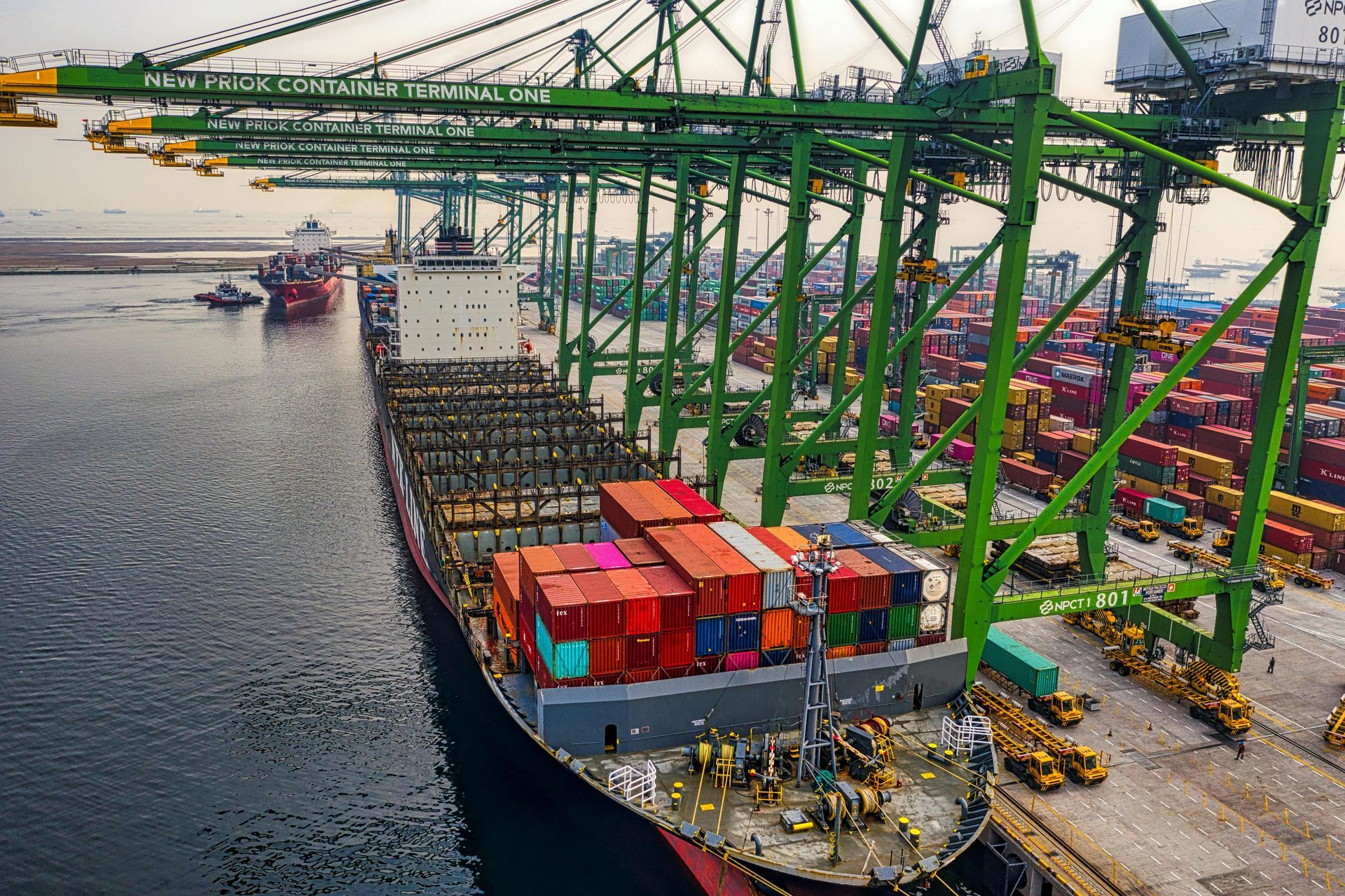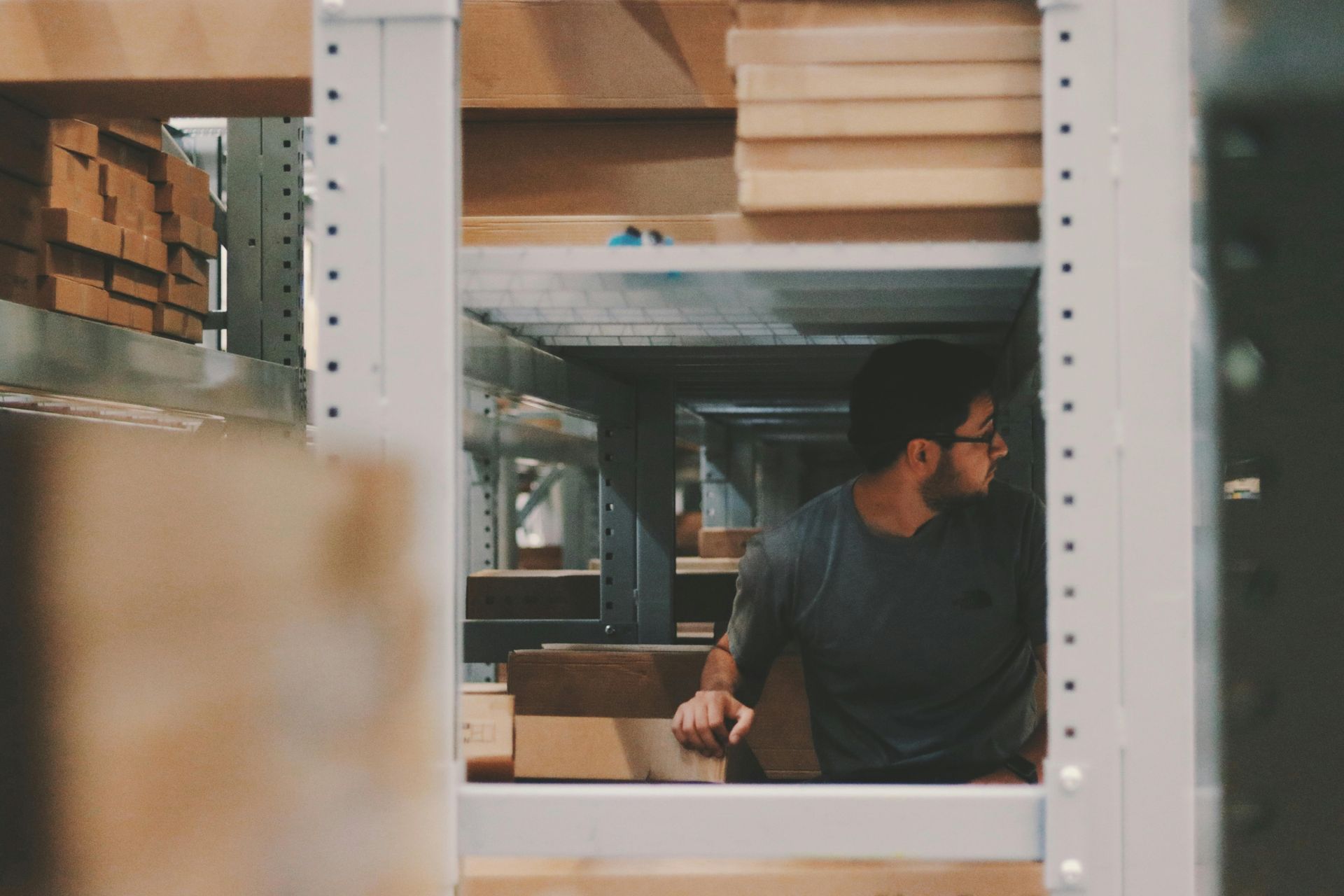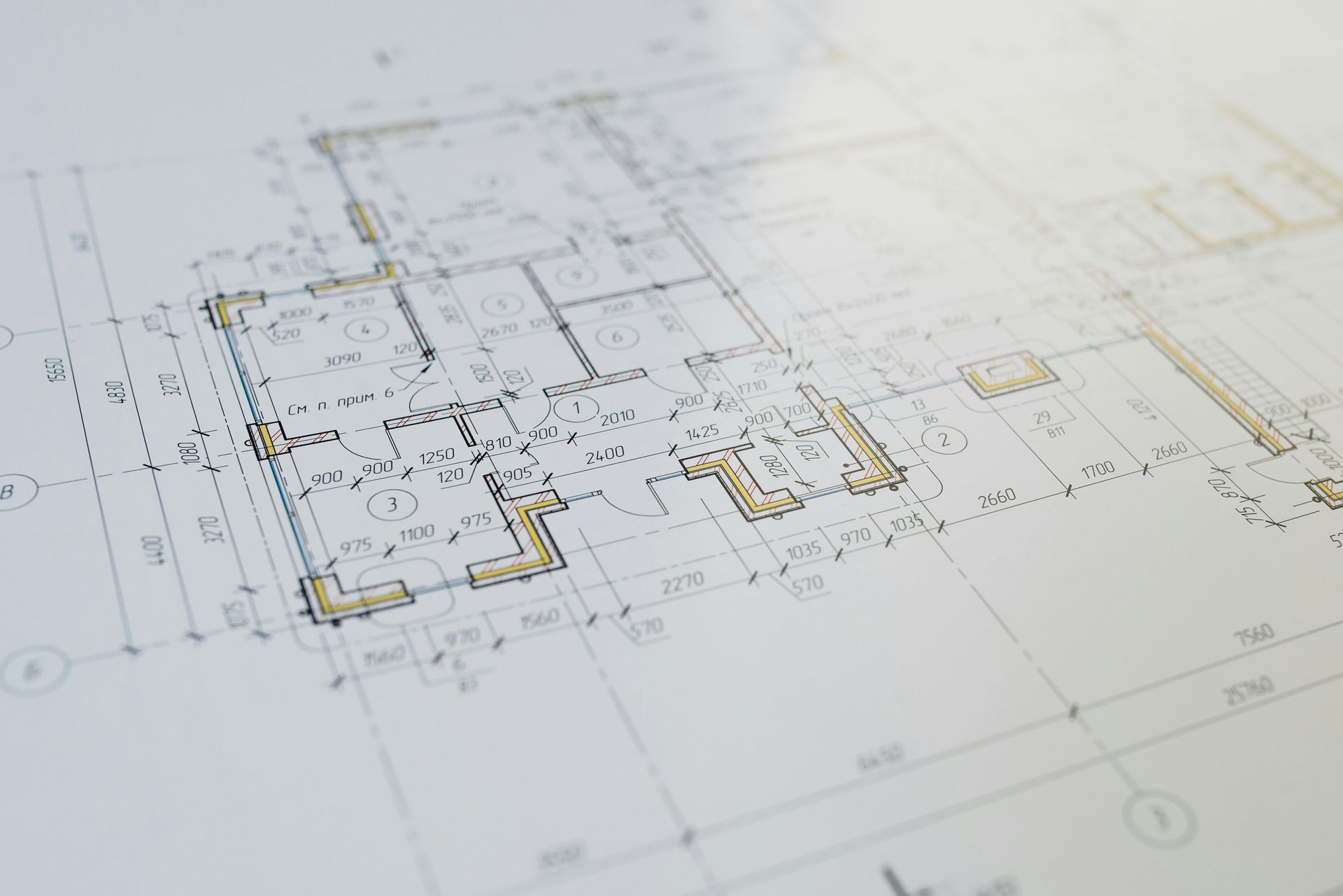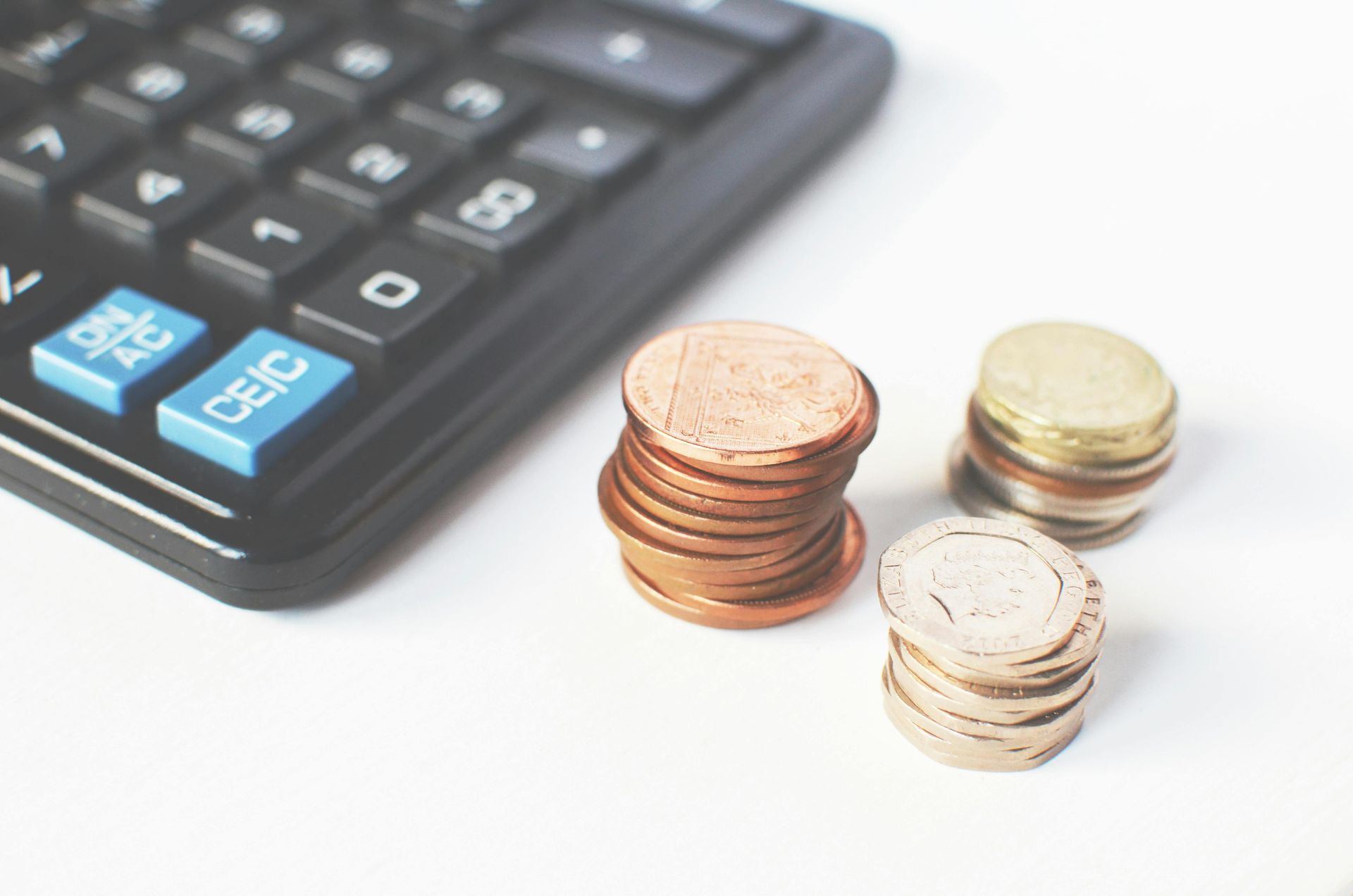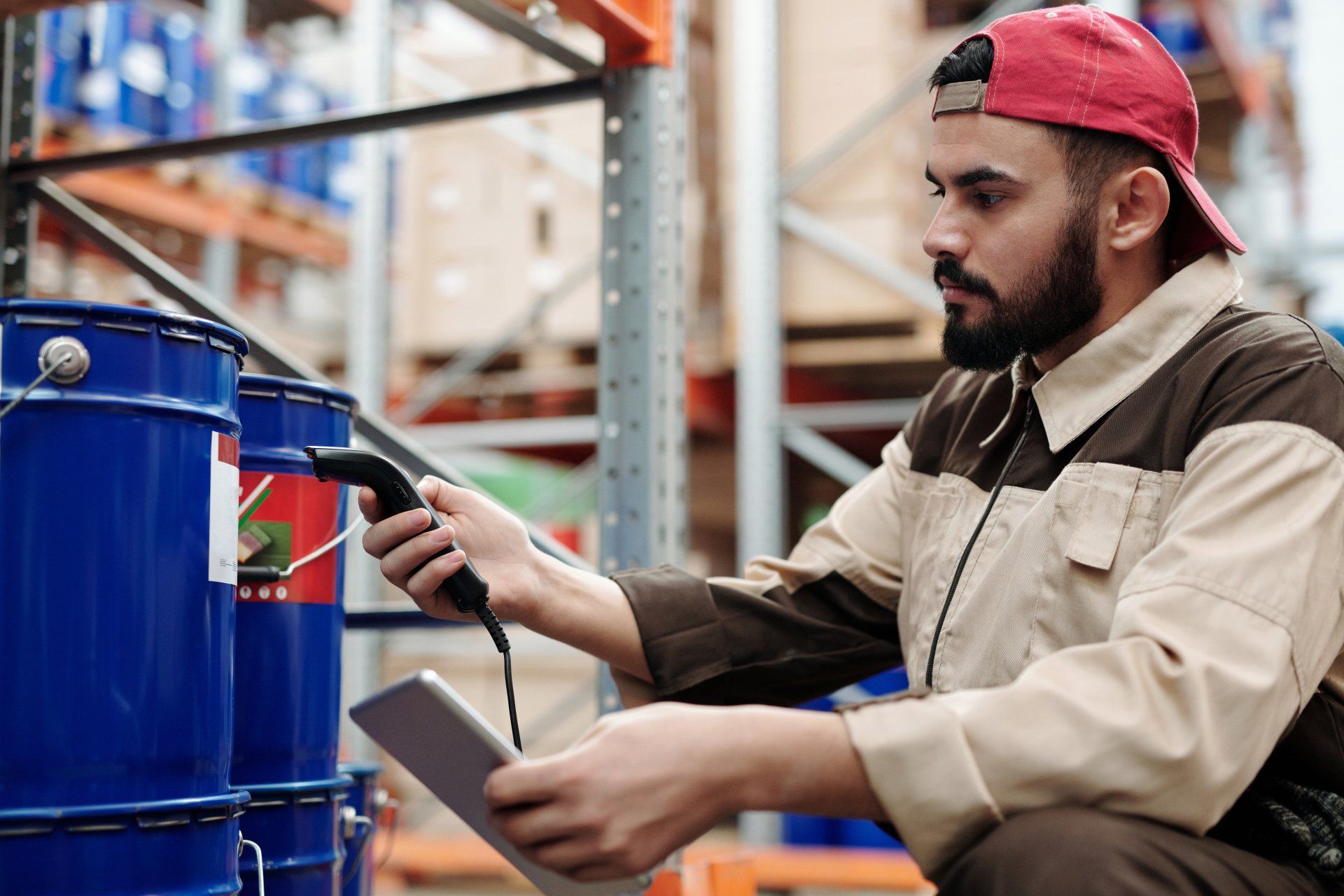The Quiet Revolution: How Builders Are Embracing Sustainable Materials Without Raising Costs
For years, the word “sustainable” in construction was followed by a heavy sigh. Clients wanted it. Municipalities encouraged it. Marketing teams championed it. But the builders, developers, and contractors responsible for delivering it? Many of them had serious reservations. Sustainability, they believed, meant complexity. It meant compromise. And—most of all—it meant higher costs.
That belief wasn’t entirely unfounded. In the early years of green construction, options were limited. Products were expensive. Certifications were difficult. And the market lacked the volume and competition to bring eco-conscious materials into the realm of feasibility for everyday projects.
But times have changed.
Today, a quiet revolution is taking place across the construction industry. Builders are integrating sustainable materials not as a premium add-on—but as part of their standard approach. And they’re doing it without blowing their budgets.
At ProPonents, we’ve had a front-row seat to this shift. More clients are asking for recycled content, low-VOC products, energy-efficient solutions, and environmentally responsible alternatives—not because they’re chasing green awards, but because it makes sense: financially, logistically, and reputationally.
Let’s take a closer look at how sustainability is evolving in construction—and how smart suppliers and forward-thinking builders are working together to make it practical, accessible, and affordable.
A Changing Market - and Changing Expectations
There was a time when green building was niche, reserved for high-end custom homes or government-funded civic projects. Today, the pressure to build sustainably comes from every direction.
Municipalities are tightening codes. Lenders are attaching incentives to energy performance. Buyers and tenants are asking questions about air quality, efficiency, and lifecycle performance. And developers are increasingly viewing sustainability not as a burden—but as a value-add.
What was once considered “alternative” is fast becoming standard.
Materials that once carried a premium now compete directly with their conventional counterparts on price. Manufacturers, driven by consumer demand and shifting regulations, are expanding their lines of eco-friendly offerings. And in many cases, sustainable materials are proving to be more durable, easier to install, and better performing than the options they’ve replaced.
Still, the myths persist: that green equals expensive. That sustainable equals unreliable. That eco-conscious equals complicated. That’s where the right supply strategy makes all the difference.
Sustainable Materials Without the Sticker Shock
One of the biggest shifts we’ve seen at ProPonents is in the availability and pricing of sustainable building products. Many of the items once considered niche are now simply the best options available—in performance, price, and logistics.
Take insulation, for example. Mineral wool, once a specialty product, now comes in formulations that outperform traditional fiberglass in fire resistance, sound attenuation, and thermal retention—often at comparable costs when bought in bulk. Low-VOC adhesives and paints are no longer “premium” options; they’re the default choices on many of our large-scale residential and multifamily jobs, especially those targeting wellness certifications or sensitive occupancy requirements.
Then there’s engineered lumber, which uses smaller, faster-growing trees and reduces waste in the milling process—without compromising strength or stability. In fact, for many developers, engineered wood products are now a cost-saving standard, offering straighter, more uniform material with less jobsite waste and rework.
We’ve also seen a rise in recycled content materials, from drywall to flooring, that not only meet sustainability goals but often ship faster and handle more predictably than traditional products. These aren’t “green alternatives”—they’re better products, full stop.
What makes the difference isn’t just what’s available. It’s how you plan for it.
Planning Ahead: The Secret to Sustainable Success
The mistake many builders make when considering sustainable materials is treating them like a last-minute switch. They wait until permitting or late-stage design to ask about alternatives—by which point, the options are fewer, the timelines are tighter, and the pricing is less favorable.
The truth is, sustainable building isn’t more expensive—it’s just more dependent on planning.
When we work with clients early in the design phase, we’re able to identify material substitutions that align with environmental goals and budget constraints. We can leverage volume buying, bundle green materials with standard packages, and lock in pricing that reflects full-project scope—not just line-item quotes.
It’s in those early conversations—before the spec book is set, before the framing starts, before the lead times begin stacking up—that we have the most room to build sustainably without cost creep.
And when sustainability is baked into the procurement strategy from the beginning, it becomes seamless. It becomes logical. It becomes part of the build—not a hurdle to overcome.
The Broader Payoff: More Than Just Materials
Sustainable construction isn’t just about what goes into the walls. It’s about the systems, values, and positioning behind the build.
For developers, offering environmentally responsible housing is becoming a market differentiator—especially in the multifamily and build-to-rent spaces. For contractors, green practices support safety, simplify inspections, and create cleaner job sites. For owners, it means healthier living spaces, lower utility bills, and fewer maintenance headaches down the road.
Even lenders are taking notice. Projects that include high-efficiency systems, sustainable materials, and responsible sourcing practices are increasingly eligible for favorable financing terms, tax incentives, and grant-based funding—especially in public-private partnership models.
And for builders who can show that they deliver sustainability without inflating costs, the reputational benefits are long-term. Clients trust them. Municipal partners respect them. Future jobs come easier.
The payoff is real—and it goes far beyond the immediate build.
Where ProPonents Fits In
We’re not here to greenwash. We’re not chasing buzzwords. What we care about is helping builders find the smartest materials for the job—materials that meet performance standards, align with budgets, and support long-term project success.
If those materials happen to be recycled, low-VOC, locally sourced, or more energy-efficient? Even better.
Our role is to help you navigate the growing world of sustainable construction without the stress. We know what’s on the market. We know how the pricing plays out. And we know how to work these decisions into your procurement plan in a way that makes sense for your job, your team, and your bottom line.
